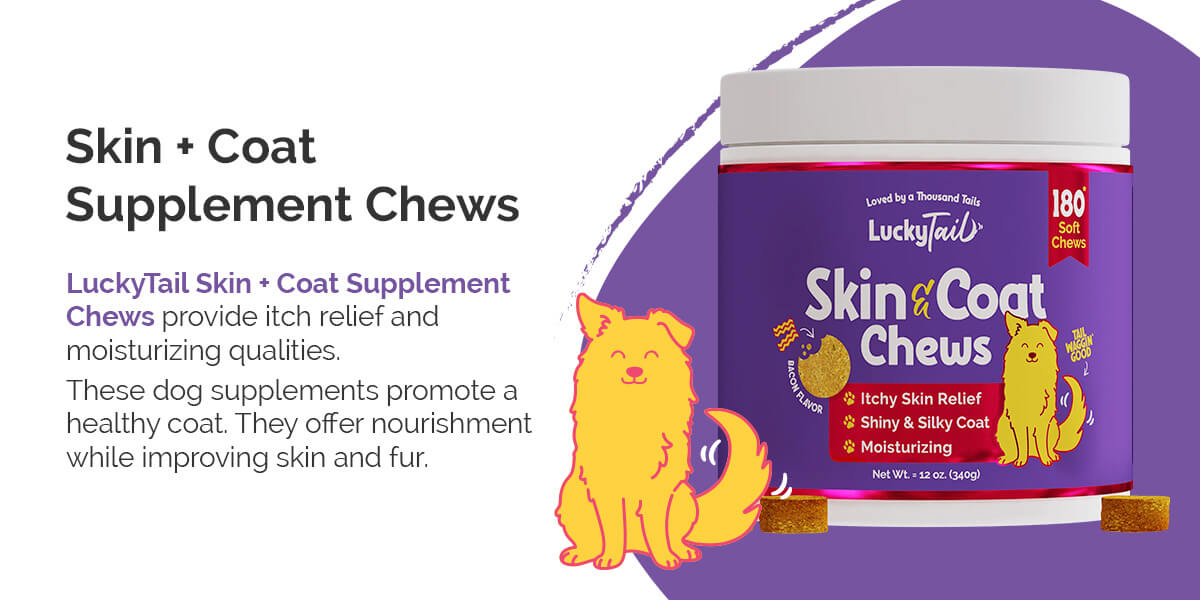
Unlike us humans, our four-legged friends don’t wear shoes and can experience discomfort, dryness, and even injury from ice, snow, and the rough, cold terrains. This blog will enlighten you about the significance of winter paw care for dogs, giving you the necessary knowledge to keep your furry family member comfortable and safe.
Proper winter paw care has immediate and long-term benefits, ensuring your pet remains active, healthy, and happy throughout the cold months and beyond. Grab a hot cocoa, snuggle up with your pup, and let's learn together about the best practices for winter paw care!
Understanding the Importance of Winter Paw Care for Dogs
Cold temperatures, icy conditions, and harsh road salts can cause dryness, cracks, frostbites on their tender paws, leading to discomfort and even serious health concerns. Such as:
- Frostbite
- Cracking and burning
- Overlicking
- Abrasions or lacerations
- Frozen ice in paw hair
Furthermore, chemical de-icers and antifreeze, commonly found on roads and driveways during winter, can be toxic if ingested by your pet while licking their paws. This makes their paws' protection even more vital in the winter season. By giving their paws the attention they require, you’ll ensure they enjoy winter as much as you do.

How to Keep Your Dog's Paws Safe in the Winter
As the temperature continues to dip, safeguarding your furry friend’s feet becomes a top priority. Frosty conditions, harsh salt treatments on sidewalks, and abrasive ice can all impose threats to paw health. Here are some insightful tips that will help you to keep your pup’s paws in top-notch shape this winter:
1. Paw Inspections and Cleaning
Regular check-ups of your dog's paws can significantly reduce winter woes. Look for signs of dryness, cracks, redness, or any wounds. Be sure to clean the paws after walks to remove de-icing salts or chemicals which can cause irritation. Soak the paws in warm water, pat them dry, and apply pet-safe moisturizers. If the paws persist with irritation and and dryness consider incorporating some natural supplements to their daily routine. They may be deficient in a certain vitamin or mineral, especially as the weather changes.
2. Petroleum Jelly or Paw Wax
Petroleum jelly is an effective way to protect the sensitive pads on the underside of your dog’s paws from the cold. By simply applying a thin layer to their paws before stepping out, you can easily shield them from salt and other harmful chemicals. Similarly, using dog-specific paw wax can create a semi-permeable shield, providing an extra layer of protection.
3. Wipe Down Paws After Walks
After every winter walk, take a moment to wipe down your dog's paws. Use a warm cloth to gently clean the paws. This will remove any ice, snow, or salt debris that may have collected between pads.
4. Dog Booties
Though it might take some adjustment, dog booties are a fantastic way to guard against winter hazards. Not only do they act as a barrier from the cold ground and harmful substances, but they also provide added traction, helping your dog navigate icy terrain.
5. Regular Nail Trims
Overgrown nails can force a dog to walk uncomfortably and further expose their pads to harsh conditions. By maintaining shorter nails, your dog can gain better grip on slippery surfaces. For a stress-free nail experience check out LuckyTail's Pet Nail Grinder.
6. Limit Outdoor Time
During particularly cold days or when the snow is heavily packed, it's wise to limit the amount of time your dog spends outside. Quick bathroom breaks and short walks should be a priority when the temperature drops significantly.
7. Consider Heated Walkways
If possible, consider having heated walkways installed. This helps melt the ice and snow before it has a chance to stick to your dog's paws. While this is a more costly option, if you live in an area with heavy winter conditions, it can be a worthwhile investment for your pet's comfort and wellbeing.
8. Grooming
Overgrown hair on the feet can collect snowballs and ice between toes, leading to discomfort or even injury. A regular trimming routine will keep this in check.
Winter can be a challenging time for your four-legged companion. But with the right care and attention to their paws, your pet can enjoy the season just as much as you do!
Why You Should Regularly Inspect Your Dog's Paws in the Winter
Regular paw inspections during winter can greatly help keep your dog's paws in good health. This practice allows you to identify and address paw issues before they cause painful problems for your pet. Let's delve further into the benefits of these seasonal check-ups.
Identify early signs of cracking or drying out
Winter weather can be harsh on dog paws, often leading to dry, cracked pads. These may go unnoticed until they start causing discomfort or infection for your pooch. Regular checks can ensure prompt discovery and treatment of such issues.
More likely to spot ice-balls between the paw pads
Dogs frolicking in the snow may have small snowballs stuck between their toes, which can then freeze into ice-balls if left unchecked. These can cause discomfort and potential damage while walking. Prompt removal during a paw-check can prevent this issue.
Ensure your friend didn't encounter any harmful substance
In winter, roads and sidewalks are often covered in salt and chemical deicers, some of which can be harmful or even toxic to dogs. If your pet steps on these substances, they can stick to their paws, leading to irritation or poisoning if ingested. Regular paw inspections allow you to clean the paws thoroughly, thereby preventing these risks.
In conclusion, never underestimate the power of regular paw inspections during winter. Not only do they allow for early intervention on health issues, but they also serve as a bonding activity between you and your pet. So keep your dog's paws in check and enjoy the snowy season without worry.
Being mindful of your dog's paws during the winter is just as important as keeping them warm and cozy. By taking these protective measures, you can help make sure your furry friend has a safe and enjoyable winter season.


